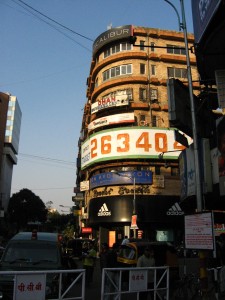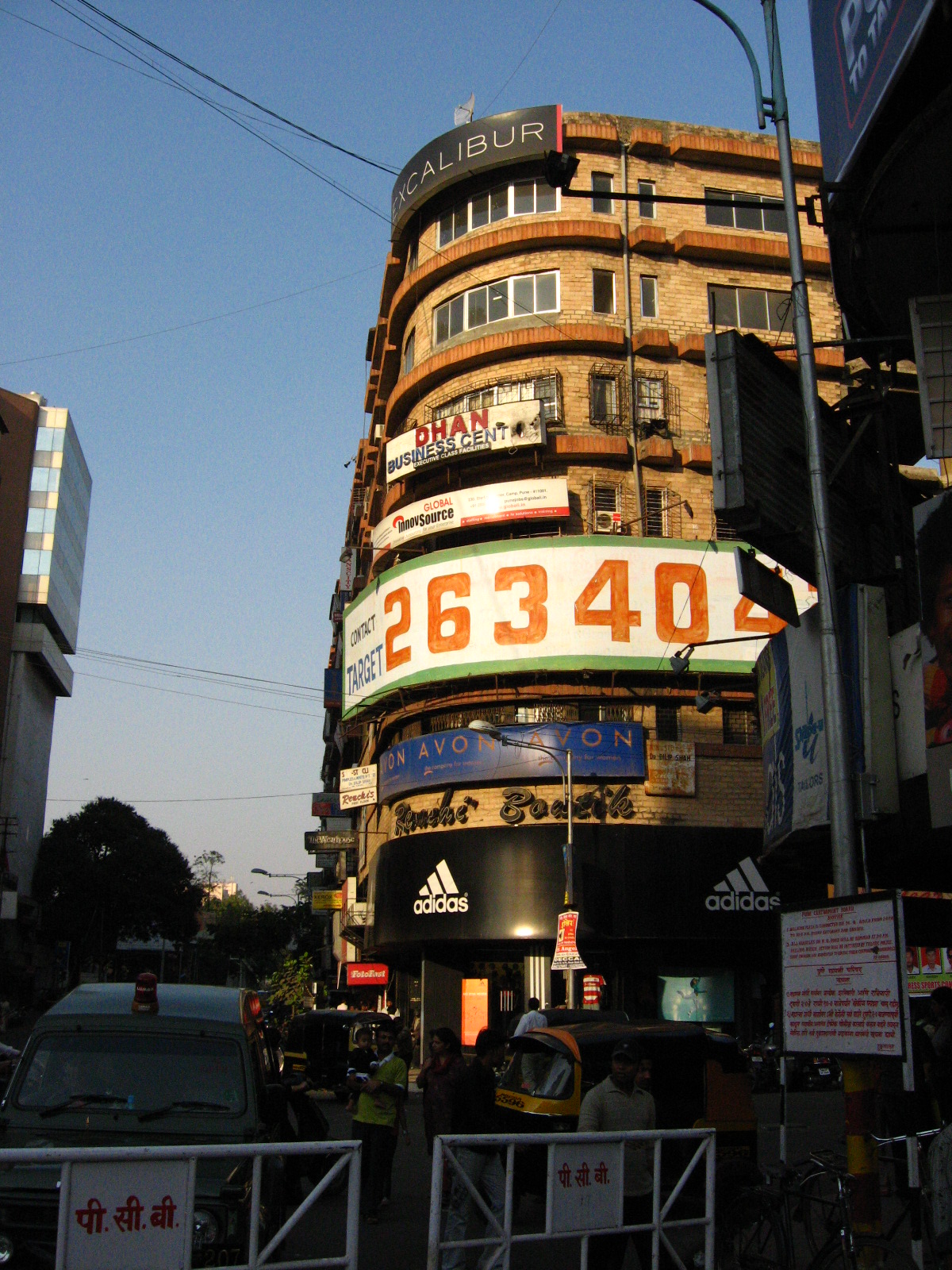By: Ravi Sinha
 Track2Realty Exclusive: Urbanisation is inevitable but when the very same model of development is rolled out haphazardly it also brings its side effects. Many urban cities across the country are witness to the fact with the loss of its traditional old world charm and eventually the city losing its very identity.
Track2Realty Exclusive: Urbanisation is inevitable but when the very same model of development is rolled out haphazardly it also brings its side effects. Many urban cities across the country are witness to the fact with the loss of its traditional old world charm and eventually the city losing its very identity.
The growth of Pune, however, is a case study as the real estate developments in the city has changed the very look & feel of the city yet classic old world charm prevails. As a matter of fact, Pune’s realty growth has been so organised that it has not turned into urban nightmare by any stretch of imagination.
Analysts debate how far Pune’s retaining of old classic charm has been by default and how far the developers have maintained it by design. It is generally believed that the classic old look was created during & before Independence. The architecture during those days has been functional and the testimony is the fact that these old buildings are still standing; but they form a small percentage of today’s buildings. Today’s buildings are entirely different from what Pune used to have.
So, there is a visible change in the new buildings of the city as against the classic old ones. However, the developers defend it saying one important reason why they have not been able to replicate those good old buildings is that people are not willing to pay additional for elaborate architecture as was the practice in the 1800s and early 1900s. Unless someone is willing to pay for these classic architecture the city will continue to get mediocre buildings in the city.
Strongly arguing for better architectural structures and retaining the old classic look of Pune, Rohit Gera, Managing Director, Gera Developments says urbanization is a reality. Cities are growing at the fastest pace ever. Pune has seen urbanisation transform the perception of the city from a retirement paradise to a tier II metropolis. People come here for jobs, to earn a livelihood and to improve their lot. This increasing population is bound to impact the society.
“As a developing economy, we see people move in to an area and infrastructure follows. From my vantage point, I see infrastructure in Pune has kept up extremely well with the growth of the city. There used to be far more acute water problems in many emerging areas where today, the water problem has reduced. New roads have come in. The huge challenge though is where there is rampant illegal construction. These buildings do not contribute to the city for infrastructure costs. However, they do require resources and infrastructure. All in all, I feel that considering the fact that we are a developing nation, we will continue to see infrastructure follows people rather than infrastructure precede people,” says Gera.
Dhaval Ajmera, Director, Ajmera Realty & Infra maintains that every city has its own heritage value. Whilst old areas have to be redeveloped it is also significant to ensure that we ensure to enhance and maintain the city’s charm. Rapid urbanization is a key to transmute our country from developing to a developed nation, but we have to ensure that our historical and cultural heritage is conserved in the process. Pune is definitely holding on to the ancient places.
“Urbanisation has triggered impeccable makeover in the city of Pune. Inspired with varied cultural diversity such as Spanish, Thai and Swiss villas, huge lifestyle towers with foreign brands promises to cover and confer good quality lifestyle. These classified changes ascertain that the city has now entered the territory of hyper-reality. The momentous economic growth has brought IT to Pune’s western suburbs in a replay of Bangalore and with that, the purchasing power that, in turn, has fed an insatiable appetite for self-transformation among the folks at the fringes of Pune city,” says Ajmera.
Abhay Kumar, CMD of Grih Pravesh Buildteck laments the fact that Pune is fast losing its old look. According to him, residents of Pune usually followed the Mumbai market but in recent times after IT emergence in the city it has attracted many world class architects and planners which is now giving more modern look to the city.
“Urbanisation has impacted the Pune city in many ways. Primarily one can observe that Marathi is no longer the mother tongue of the city. You can call it the most popular language used but it is fast being replaced by Hindi and English. Pune first came on global map due to OSHO Ashram which attracted lots of foreigners to the city, and then the real change occurred due to IT revolution in India. This impacted in lots of influx of IT professionals in the city from all over India which resulted in various demands and supply matched with the expectation of rich and young national crowd. Lifestyle of the city gradually started changing and now one can see world class amenities like hotels, malls, recreational joints, multiplexes etc all over Pune,” says Abhay.
The city’s realty growth is very much in place and with the growing commercial activity, most notably with the incursion of the IT industry, Pune has been witness to balanced growth of various segments of residential as well as commercial real estate. In any city for sound planning and efficient working operation, it is mandatory to strike out a balance in the housing market and in Pune there are a large number of working couples, migrants, double income citizens who hold good disposable incomes and display an increasing appetite for superior lifestyle.
To implement and execute the plan it is indispensable to find an equal environmental and social structure among localities. The city’s residential clusters have widened to a great extent in the past decade. Retail sector plays an important role which has resulted in the requisite boom in Pune. Today, Pune is not only one of the fastest growing cities in India but also has a vibrant retail life.
It can be vouchsafed that Pune is relatively more balanced as far as realty growth is concerned. Initially it was matching the demand quite well but in recent times the typical economic phenomenon of over-supply is visible. But this city has advantage of huge land availability and can grow in all directions which has actually saved this city from turning into nightmare. The MIDC has planned the IT pockets very well and the realty & infrastructure are mostly in sync. Pune Municipal Corporation too has supported the realty growth quite well.





